Cultivation methods and precautions for yellow-flowered Heding orchid
Last Update :2024.10.23
Article Catalog
As a very popular plant and flower, the yellow-flowered crane orchid not only blooms beautifully, but is also easy and worry-free to cultivate. So what should you pay attention to when cultivating this flower?
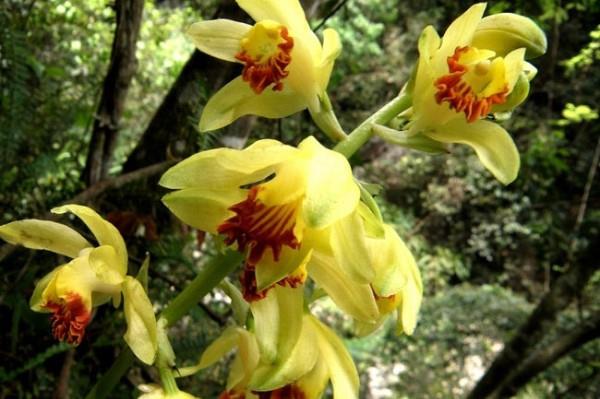
soil management
Soil management
Potted yellow-flowered orchids are suitable for soft, fertile, well-drained soil, and are best planted in fertile soil with a high content of humus. You can use some leaf mold soil, vegetable garden soil, pond soil, etc. that contain a lot of nutrients. Pay attention to keeping the soil properly moist, which is beneficial to the growth of plants.
Temperature Management
The suitable temperature for yellow-flowered Heding Orchid is about 18-25℃. The flower is relatively tolerant of cold, but it is best to keep the temperature above 6℃ in winter.

Light Management
Yellow Flower Crane Top Orchid likes a warmer and humid environment, and grows best in a semi-shady space. Be careful to avoid direct sunlight. When the sun is strong in summer, appropriate shading is required to avoid sunburn on the leaves. Generally speaking, about 50% of the light is blocked. That’s it. If possible, you can plant the Heding Orchid directly under the shade of a tree or among taller flowers.
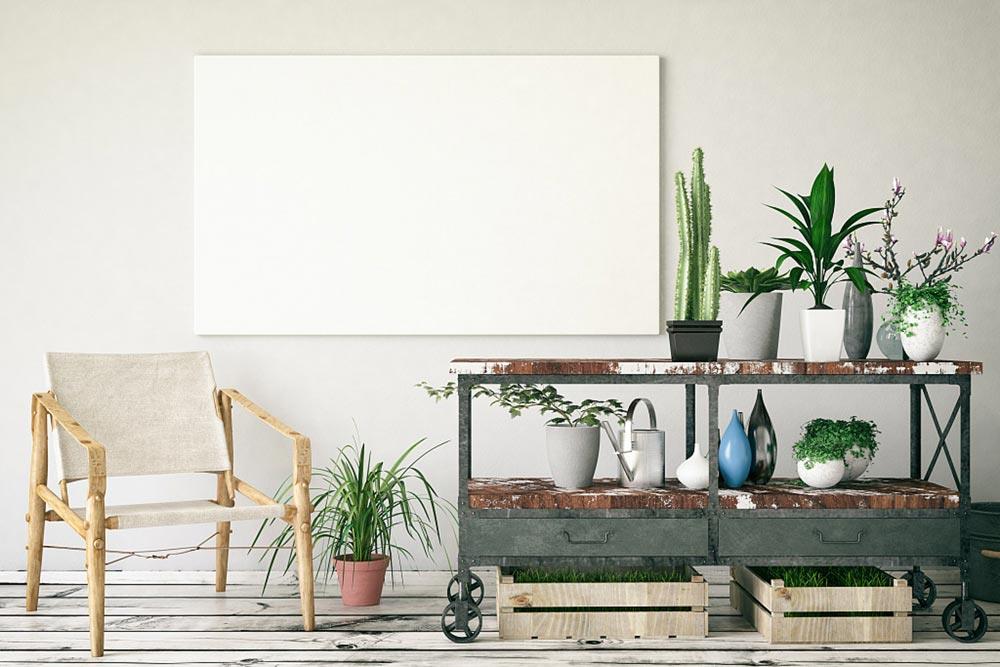
Water Management
Heding Orchid It likes moisture and is not drought-tolerant. It needs more water during its vigorous growth period, but avoid water accumulation in the pot. In summer, it is especially important to maintain the humidity of the growing environment. In addition to maintaining the moisture of the soil, you should also frequently sprinkle water around the flowers to increase the humidity of the surrounding air. After the blooming period, the Heding Orchid will begin to enter a short dormant period. At this time, the plant's root system function declines and its absorption capacity is greatly weakened. Therefore, watering needs to be controlled and the amount of water reduced. When the air is relatively dry, spray water on the leaves frequently to keep them moist.
Fertilizer management
During the growth period of Heding Orchid, fertilization should be mainly decomposed organic fertilizer and light liquid fertilizer should be applied every two to three weeks. Before the flowering period, fertilization should be changed to Phosphate fertilizer and potassium fertilizer are used as the main fertilizers. After the flowering period, the remaining flowers should be cut off in time to reduce the loss of nutrients. Stop fertilizing after the temperature drops in autumn and winter.
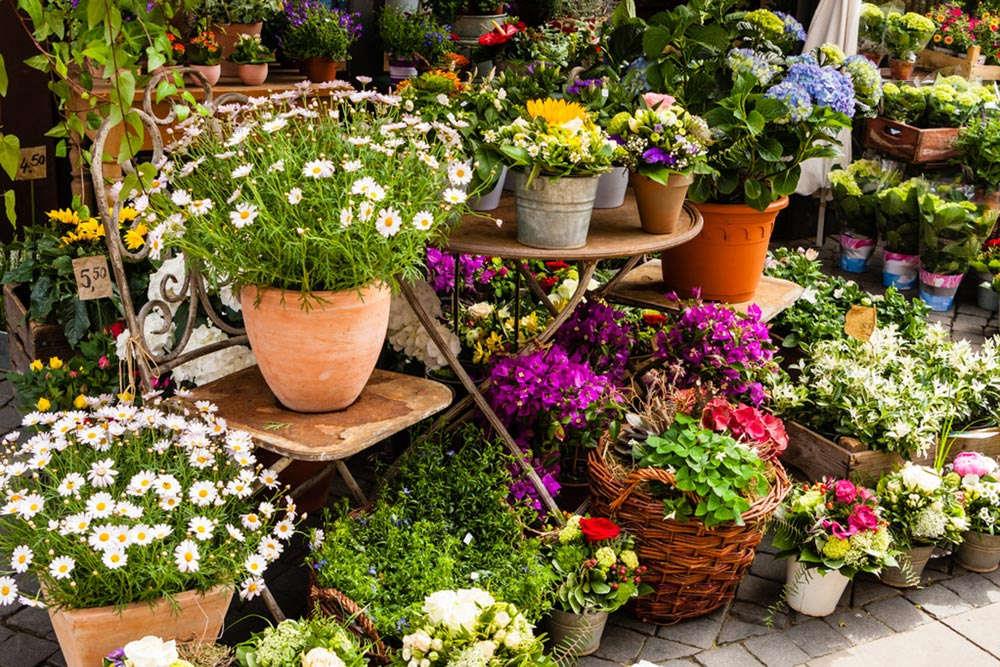
Pest and disease control
Common cranes Top orchid diseases and insect pests include white silkworm, anthracnose, scale insects, etc. These pest and disease problems are especially likely to occur in hot and humid environments in the summer. Therefore, we must pay attention to prevention during daily maintenance. In addition to regular sterilization and insect removal, it is more important to create an excellent environment suitable for the growth of plants, eliminate the main causes of pests and diseases, and fundamentally eliminate pests and diseases.
temperature management
Lighting management
moisture management
Fertilizer management
Pest Control
- END -
When we grow old, this is how we will spend our old age!
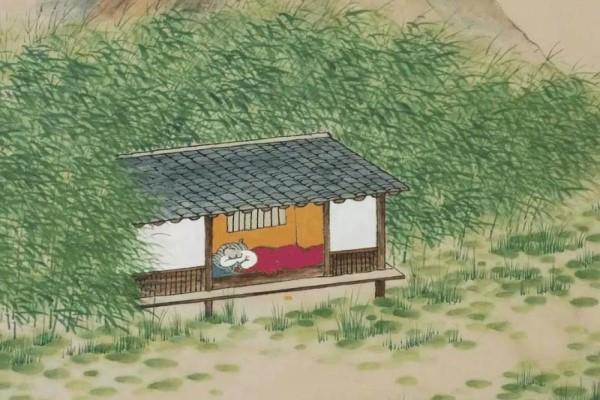
When we get old, you take the flowers and I take the tea and leave this troubled w...
How many times a year does the rose bloom?
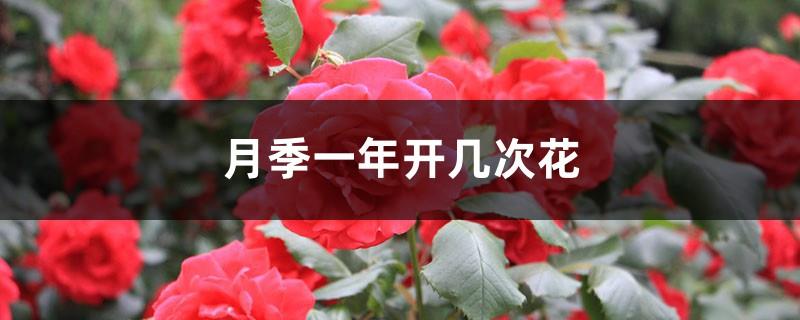
Rose is one of the flowers that blooms more frequently. The flowering period is fr...